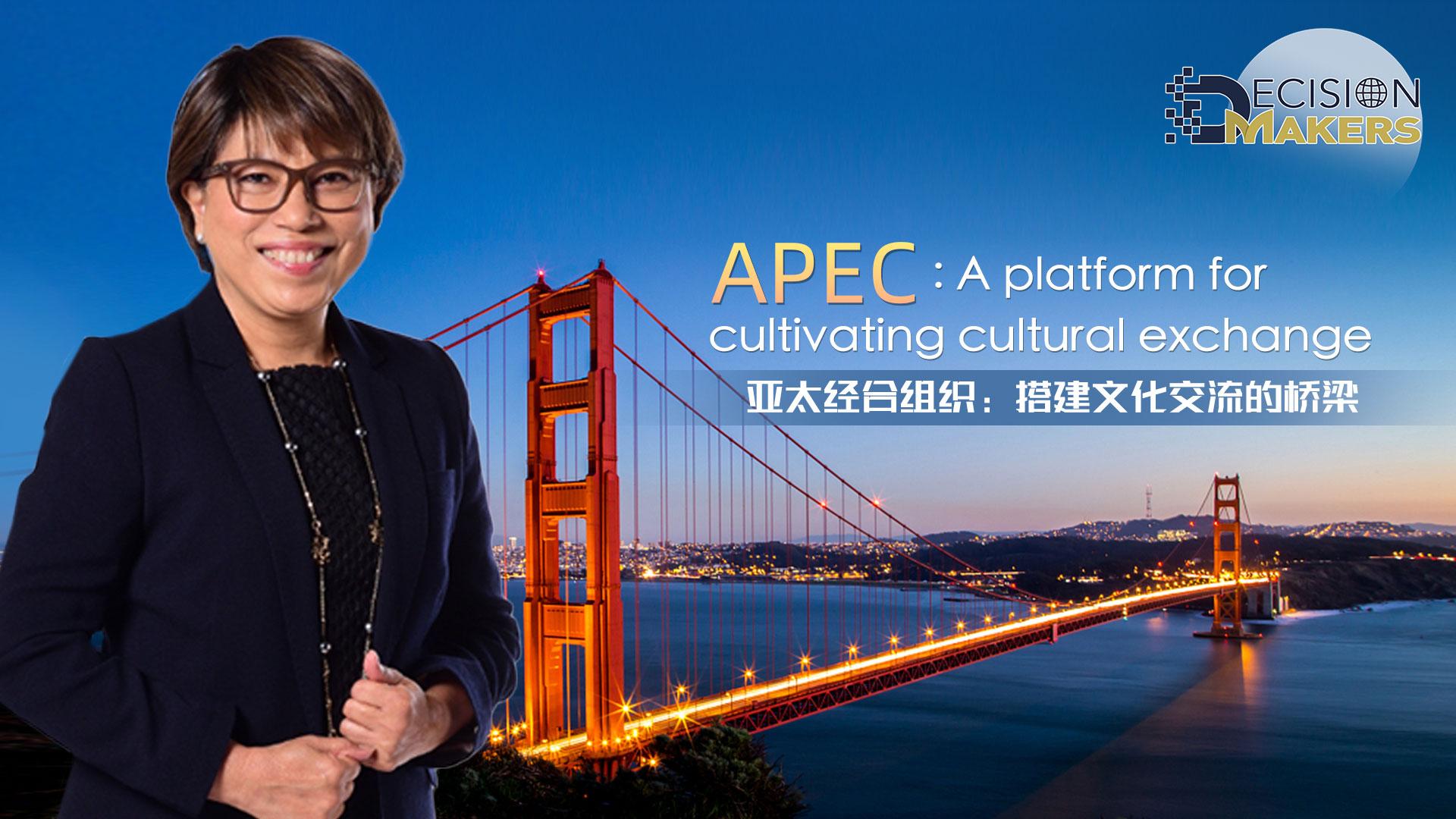
Editor's note: Decision Makers is a global platform for decision makers to share their insights on events shaping today's world. The 30th APEC Economic Leaders' Meeting with the theme "Creating a Resilient and Sustainable Future for All" is going to be held in San Francisco. Decision makers has launched the "Inclusive Development for Common Prosperity" series to keep abreast with the latest developments.
By Rebecca Fatima Sta Maria
The mission of the 21-member Asia-Pacific Economic Cooperation (APEC) is regional economic integration that would culminate in its vision for a region that is open, dynamic, resilient, and peaceful. Its unique voluntary, non-binding nature allows its member economies to contribute and chart their individual course towards this collective vision.
Beyond its high-level initiatives, shared principles and goals, APEC's most valuable contribution to Asia-Pacific integration may be its process itself. At its cores are frequent, relatively informal, consensus-driven meetings, vastly different in tone from meetings that are more adversarial in nature, such as the legalistic bargaining sessions of major trade negotiations. The aim of APEC is not about trade-offs but finding common ground and shared benefits.
China's recently launched Global Civilization Initiative (GCI) is one such effort to achieve the same, as it aims to promote "tolerance, coexistence, exchanges and mutual learning for the development of a community with a shared future for humanity." This is consistent with the spirit of APEC. The APEC Connectivity Blueprint (endorsed in 2014, when China last hosted APEC) was a bid by members for strengthening "physical, institutional, and people-to-people connectivity to achieve a seamless and comprehensively connected and integrated Asia-Pacific."
The mounting impact of geopolitical tensions, as well as of differences in policy and cultural outlook within APEC cannot be easily discounted. However, APEC's commitment to multi-sector engagement in the region by pursuing shared objectives on which all can agree has proven resilient over the years. This is evident in the continuing APEC workstreams and initiatives to further people-to-people connectivity, including multi-stakeholder engagement, facilitation of business travel mobility, cross-border education and tourism.
Ultimately, it's about how these 21 member economies, which are varied in terms of economic development, political structures, and culture, are able to have candid discussions focusing on commonalities rather than the divisions. During the COVID-19 pandemic, for example, the region quickly came together to facilitate the movement of essential medical goods and vaccines, reducing the tariffs and ensuring faster border clearance.
All these initiatives are built on what APEC already has in promoting engagement and tapping into established relationships. Members build on existing initiatives for continuity and ensure that they are doing it for the right reasons – to support each other, to see growth in each economy, and to ensure that it brings benefits to people. At the end of the day, these initiatives must put the people front and center.
Over the past years, the work in APEC has gone beyond trade and investment, also including environmental sustainability, inclusivity, digital technology, and health policy, especially after the COVID-19 pandemic. The well-being of people and future generations has always been put at the core of each work. Hence, it highlights the value of people-to-people connectivity and cross-cultural communication. In fact, culture has always played an important role in APEC meetings. Since 1993, when the United States hosted the first APEC Economic Leaders' Meeting, each host economy has strived to offer cultural experiences to their visitors in the spirit of friendship and hospitality.
The value that APEC brings and will continue to bring to the table – having meetings in different member economies in different parts of the world – is how we understand the culture, the way of life and the people. Seeing and experiencing distinct parts of an economy gives a better understanding of what it means to be in APEC for member economies. It makes a big difference to get a feel of how vast an economy is and to see the various aspects of society. The interactions provide a more holistic picture of an economy and an understanding of how it works towards achieving the priorities set for a host year. Different cities give a different feel of a member economy and what it is that they're bringing to the table.
The United States is hosting APEC again this year. Of course, when economic leaders meet in San Francisco their discussion will center around the theme "Creating a Resilient and Sustainable Future for All," focusing on supply chain resilience, digital trade, connectivity, opportunities for small and medium-sized enterprises, climate change, and environmental sustainability.
But just as important as these discussions will be the opportunity to witness, as China's GCI succinctly puts it, it is about the "robust international people-to-people exchanges and cooperation."
It may be time to start thinking about how to merge the two things that make APEC what it is: the process of open dialogue to reach consensus for economic issues, as well as the commitment to putting one's best cultural foot forward to enrich relationships.
Rebecca Fatima Sta Maria, the Executive Director of APEC Secretariat.

 中文
中文



